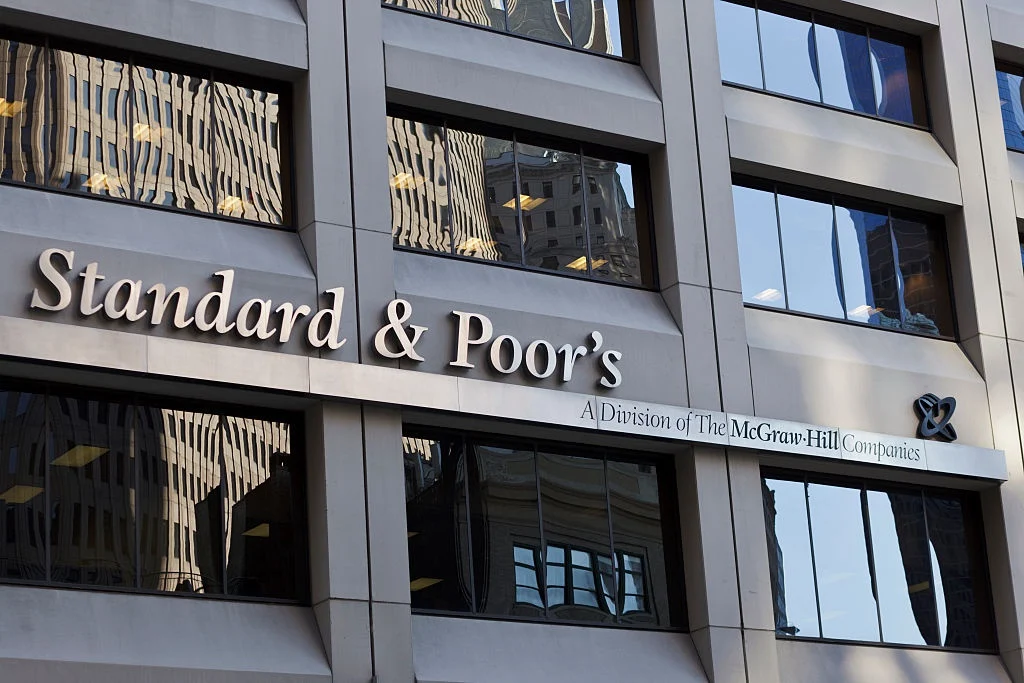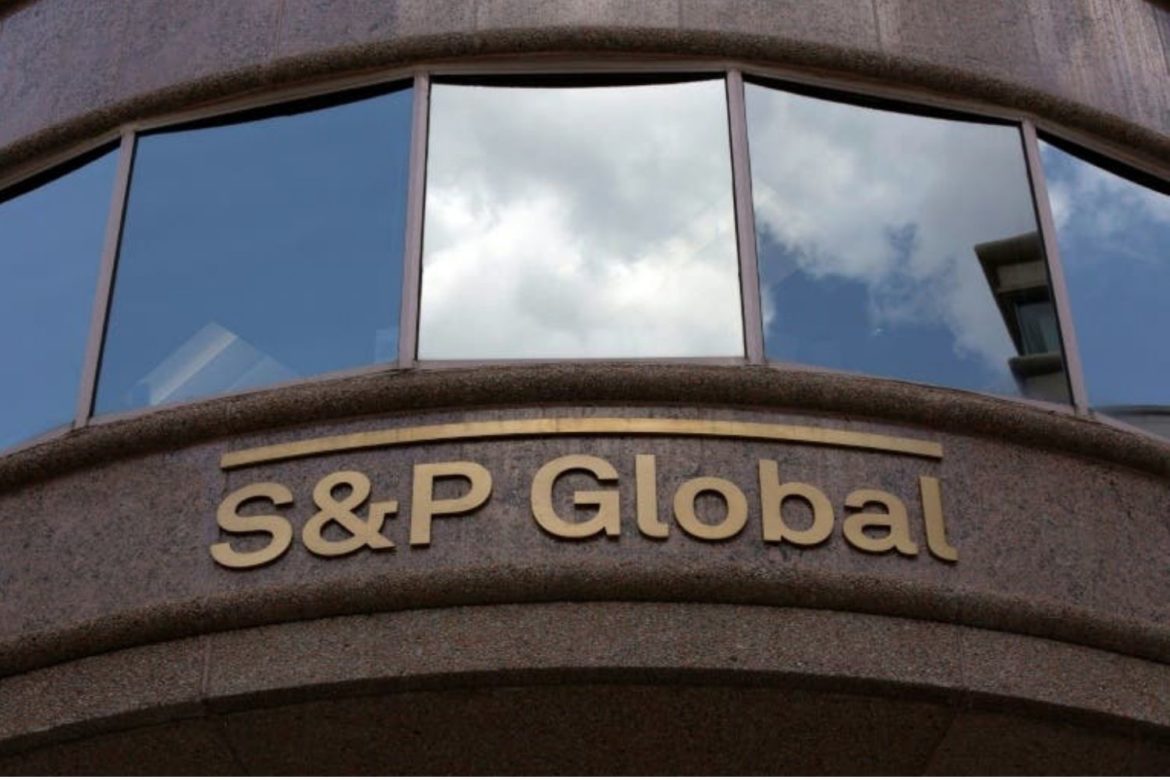After the credit rating agency Moody’s upgraded South Africa’s outlook last month, S&P Global has now also improved its outlook to “positive” from “stable”.
This was thanks in large part to strong commodity prices which are boosting the country’s tax income and exports. It also highlighted progress in South Africa’s fiscal position, while government adopted some reforms, including allowing private electricity generation and the auctioning of broadband spectrum.
Its rating of South African government’s credit (at “BB-/B”) remains “junk”, however. A “junk” rating means there’s a bigger chance that the government won’t be able to pay back its debts.
In 2017, S&P cut South Africa’s rating investment grade to junk and in 2020 lowered its rating even further into junk territory, as it warned of a big fallout from Covid-19 on the economy and tax revenues.
However, on Friday night, S&P highlighted that there had been a strong recovery in consumption as lockdown measures were eased. Bumper mining profits also bolstered tax income.
High prices for South Africa’s key exports of coal, platinum group metals, gold, and iron ore are also driving strong exports. These are, however, constrained by problems with load shedding and Transnet’s rail infrastructure.
“We expect South Africa to post a current account surplus in 2022 (though smaller than in 2021) for the third consecutive year, as prices for key metals and mining exports have risen significantly since the start of the Russia-Ukraine conflict,” said S&P.
“Higher-than-expected tax revenue, particularly from mining companies, will help to reduce the fiscal deficit and debt as a proportion of GDP relative to our expectations six months ago.”
The credit rating agency now expects that government’s budget deficit will gradually narrow to 5% of GDP by March 2026.

Fiscal risks
There are fiscal risks, however, including pressure to increase public sector wages, further extensions of the Social Relief of Distress grant, and more financial demands from Eskom and other state-owned enterprises.
Also, S&P expects growth will decline to 1.8% in 2022 and taper off to an average of 1.7% over the next three years.
“Structural impediments are likely to continue to weigh on medium-term growth, particularly the unreliable electricity supply, weak investment expenditure, and an inflexible labour market with heavy unionisation across public and private sectors.
“Continued economic reforms, such as those related to diversifying electricity generation, third-party access to the freight rail network, privatisation of [state-owned enterprises], and changes to mining sector regulation, could deliver upside to growth.”
S&P notes that implementation of the Zondo commission’s recommendations on state capture, as well as key structural reforms will be “challenging”, but their acceleration could improve perceptions of corruption and the investment climate.
It added there are “strong checks and balances” in South Africa, which include a constitutionally independent judiciary, an independent central bank, and largely free media.
In a statement, government welcomed S&P’s decision to revise South Africa’s credit rating outlook to positive from stable.
“Government is using a portion of the additional revenue to accelerate debt stabilisation, with the majority targeted to address urgent social needs, promote job creation through the presidential employment initiative, and support the public health sector.
“Faster implementation of economic reforms, accompanied by fiscal consolidation to provide a stable foundation for growth, will support a faster recovery and higher levels of economic growth over the long term.”
Source: Fin 24

